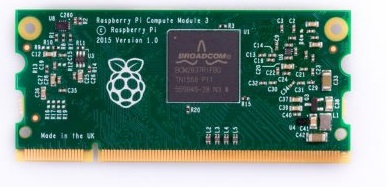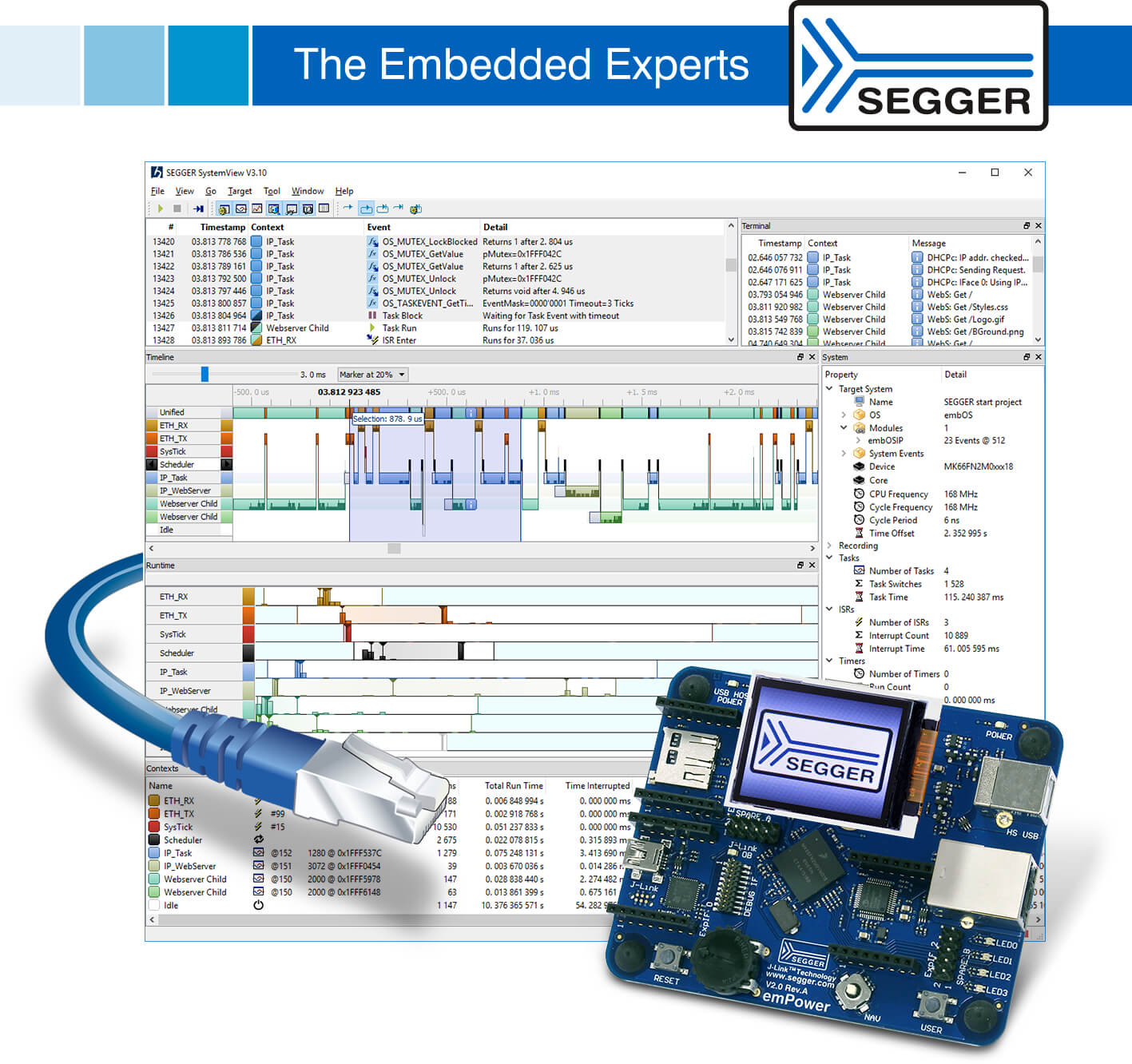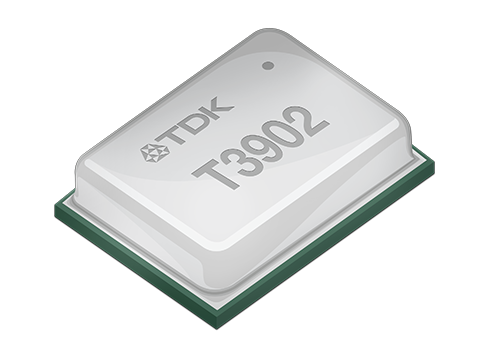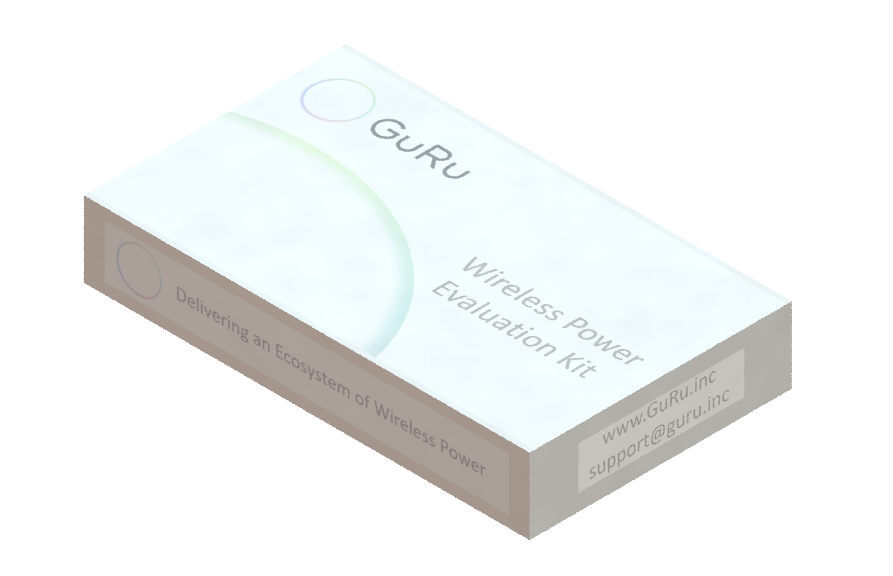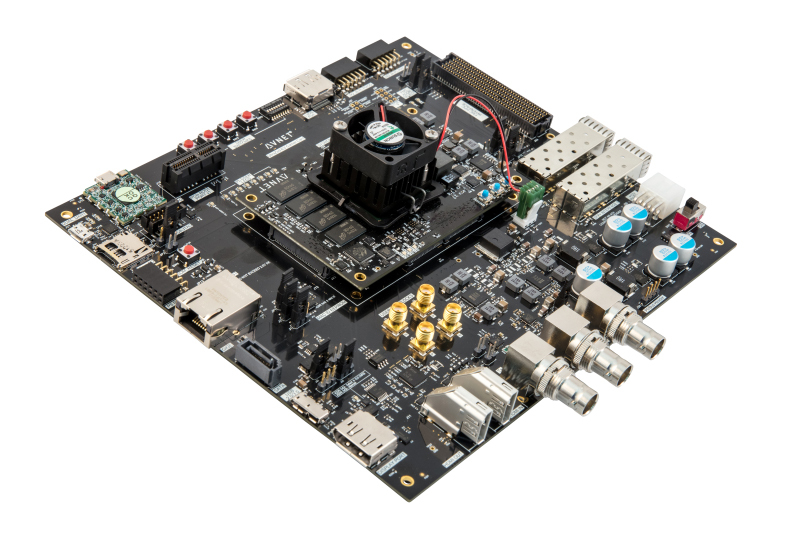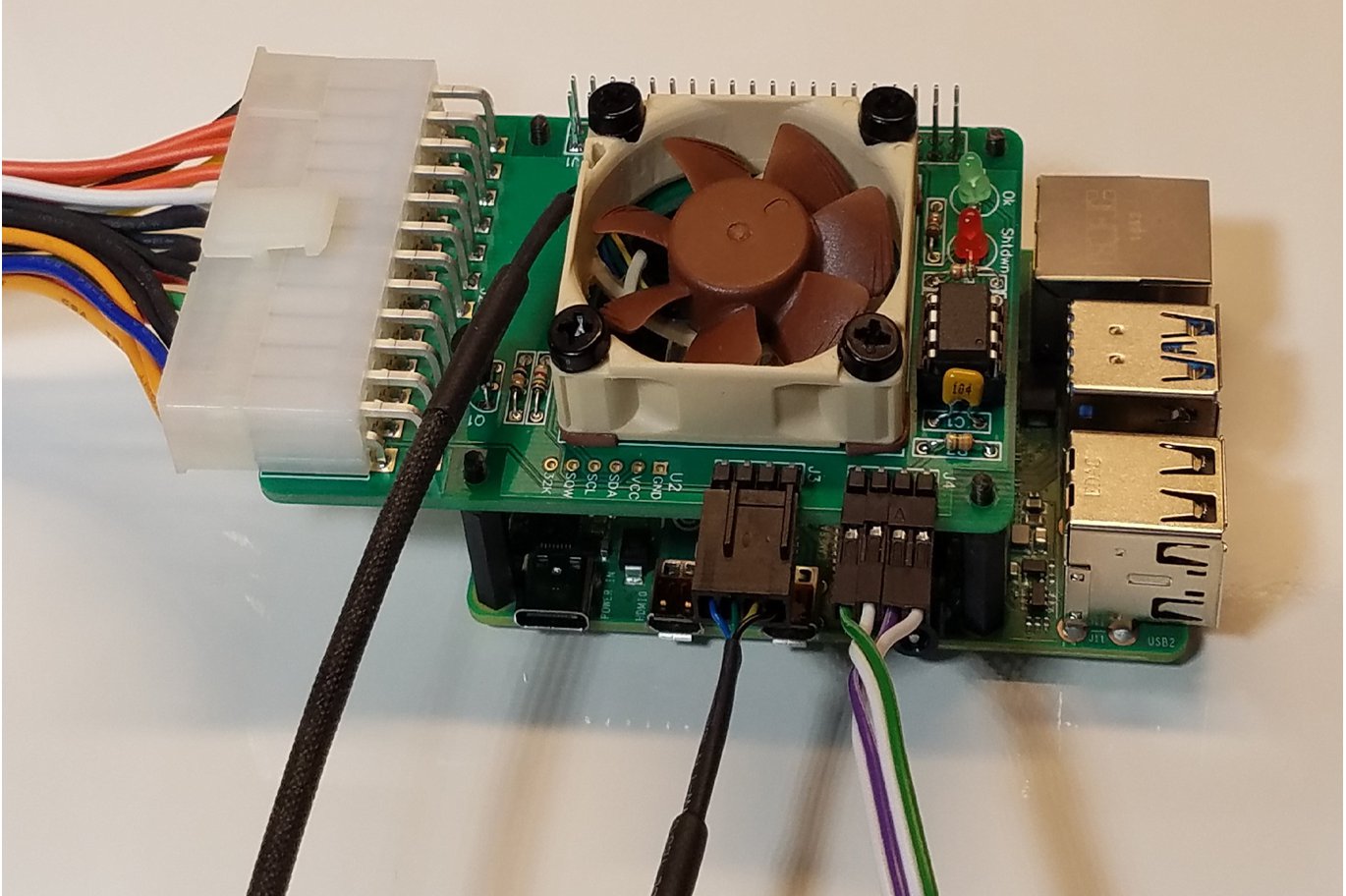
Pod Bay 3’s PiRyte Brings ATX Power and Active Cooling to the Raspberry Pi Family
Overheating and the resulting drop in performance and throughput has been one of the major drawbacks associated with using the Raspberry Pi. Several solutions have been developed to provide active or passive cooling solutions for it. One of the most recent solutions is the third generation of the PiRyte developed by Pod Bay 3.
The PiRyte is a Raspberry Pi add-on that provides ATX-style desktop PC power supply to be used as a power source for the Pi and a mounting space for a 40mm fan (to be provided by the user) which can be used for active cooling of the Pi. Describing the product on its Tindie page, Tom Tibbetts of Pod Bay 3 said,
“This third-generation Desktop/Server ATX Power Supply Expansion Module and Soft Switch allows you to power your Raspberry Pi and add-on project boards using inexpensive desktop power supplies while keeping your Raspberry Pi cool with an off the shelf fan that you provide”.
Some of the features of the HAT as listed on the Project’s Tindie page include;
- Uses inexpensive off the shelf ATX desktop supply. Works with 24 pin ATX connectors.
- Enables the operating system to perform a controlled shutdown and reboots to minimize disk file corruption.
- You can program the Mini ATX PSU-Cool so that it will automatically reboot after a power failure if it was previously turned on.
- Back powers the Raspberry Pi with a dedicated 5 VDC line.
- Compatible with common 40mm X 40mm fans with 4.2mm diameter mounting holes on 32mm centers.
- PCB is 1oz copper with ENIG finish.
- Uses high-quality Samtec and Molex connectors.
- Conforms to the Raspberry Pi Foundation’s HAT footprint.
- 40 Pin GPIO stacking header allows the use of other HAT conforming boards.
- I2C signals brought out so you can plug in external modules such as a real-time clock
- It comes as a DIY kit to keep costs low. Assembly required
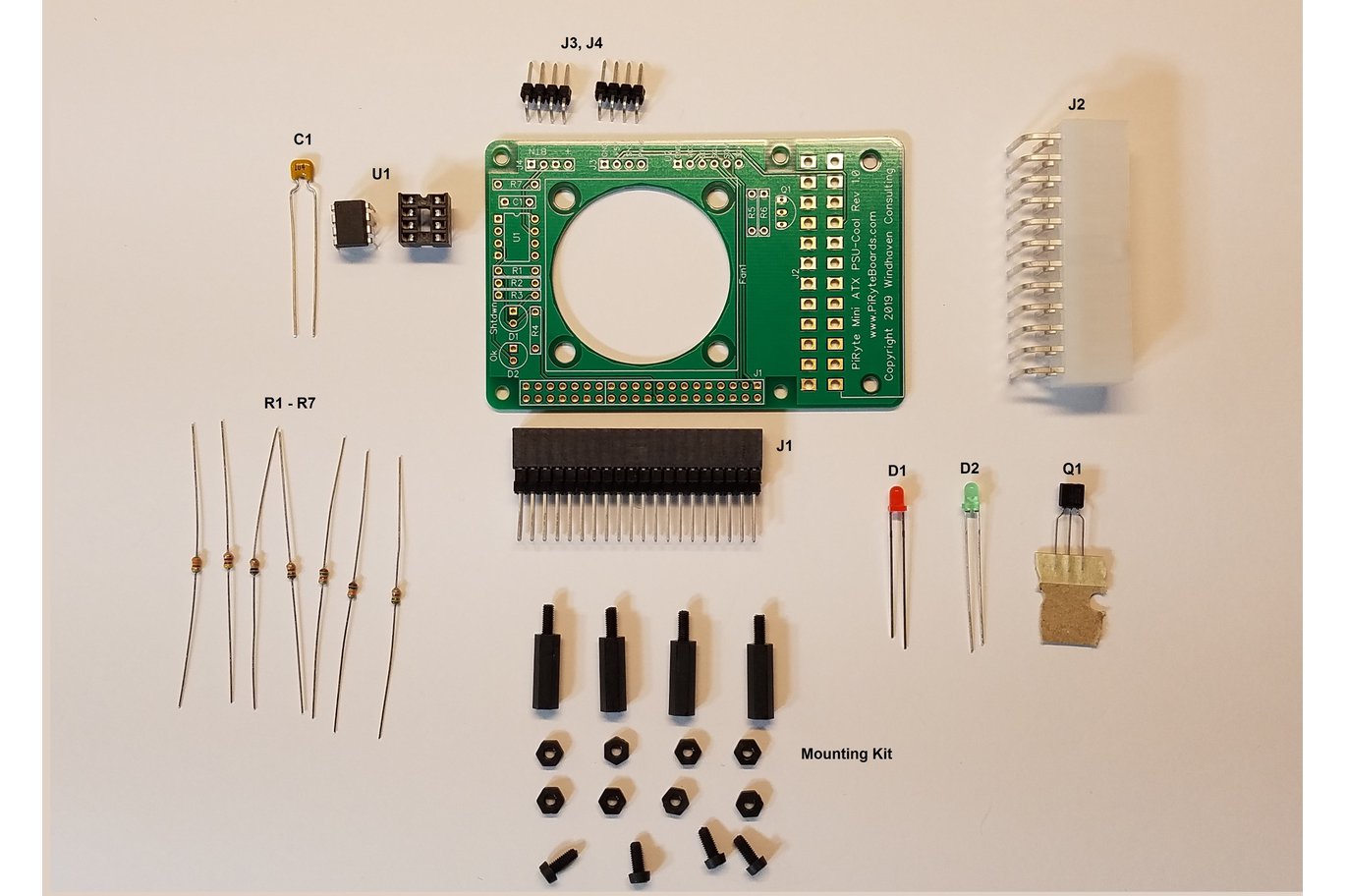
The new PiRyte which could be connected directly to the RPI GPIO or used in a stacking system to enable the use of other HATs runs a firmware, similar to that of the previous generations, that helps prevent the corruption of valuable files which could occur as a result of indiscriminate power cut to the Pi, by enabling a controlled shutdown of the Pi’s Operating System. This is however done in a coordinated version such that, the controller is able to recognize and act appropriately when the Pi is deliberately turned off by the user(command line) or by an application. A summary of some of the operating modes of the HAT, as listed on the tindie’s page include;
- Program Mode: By default, the Mini ATX PSU-Cool is programmed to not auto-reboot after a power failure if it was already turned on. This is to maintain backward compatibility with older model units. If you wish to have the Mini ATX PSU-Cool automatically reboot after power is restored, then please refer to the programming instructions in the manual.
- Power Off: On-board microcontroller, powered by the desktop 5Vsb line, waits for momentary power on button to be pressed.
- Power Up: LED pulsates slowly. Power is supplied to the Raspberry Pi and it boots up.
- Reboot: LED pulsates slowly. Raspberry Pi shuts down then reboots.
- Shutdown: LED pulsates slowly until bootup script has ended then pulsates quickly for 10 seconds before shutting off power to the Pi
- Hard Shutdown: LED dims the entire time push button is depressed. Turns off the power after 10 seconds.
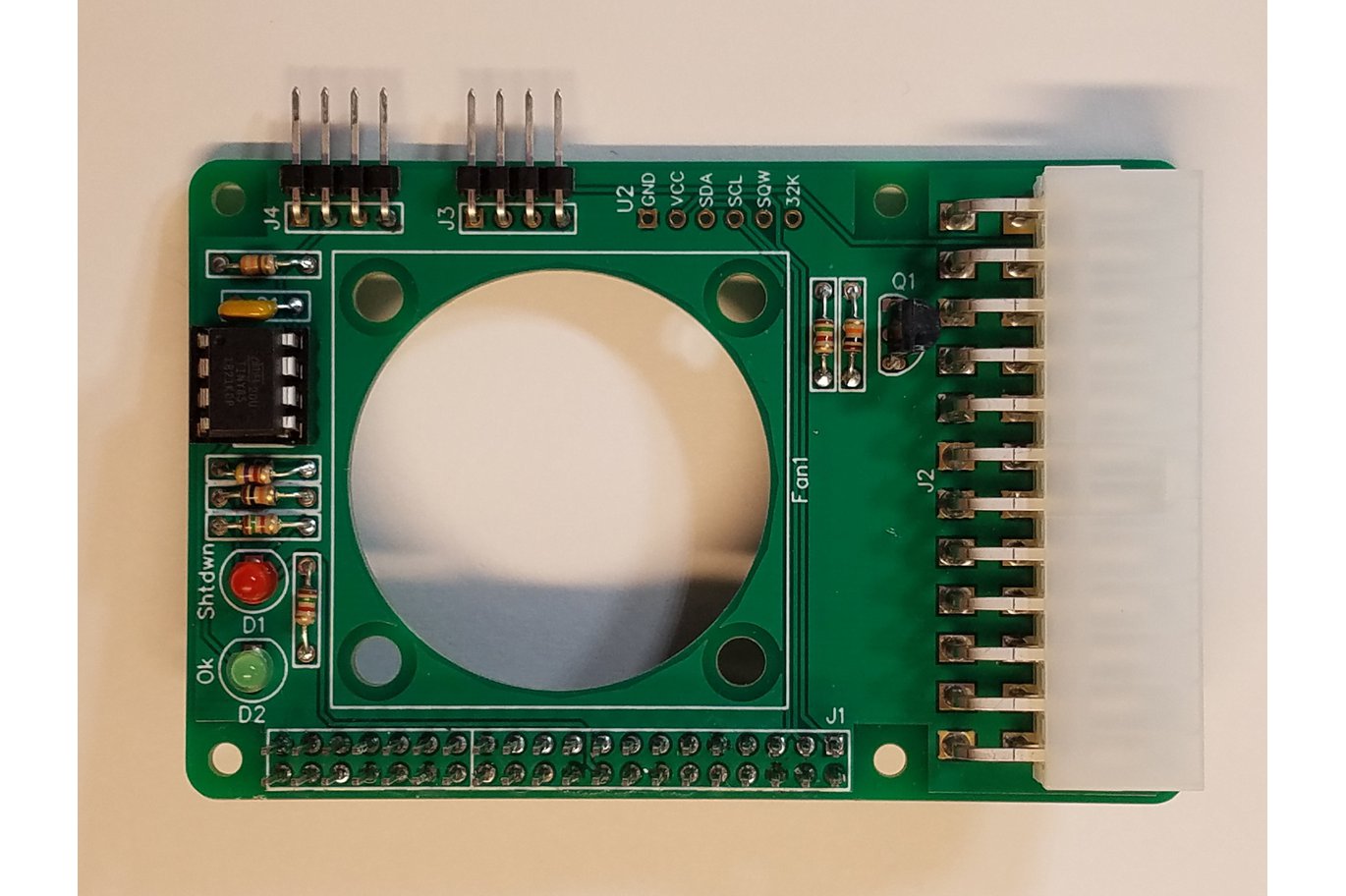
To enable the use of the device for cooling, it comes with a circular 40mmx40mm cut-out on top of which users can install a fan for active cooling which will definitely be required if you are running the Raspberry Pi in an overclocked mode or performing sustained, heavy CPU intensive tasks.
The ATX power supply used showcases an immense amount of thoughtfulness from Pod Bay as it makes it immensely useful for projects in which users need more than the popular 3.3v/5v voltage supply.
The PiRyte has a lot of competition in the Raspberry Pi HAT market for both power and heat management, but not as much competition for both features combined. This will definitely give the product an edge with users.
The product is currently available as a kit and it goes for $32.95 (excluding shipping) on Tindie. More information on the project and accompanying discounts can be found on its Tindie Project Page.





